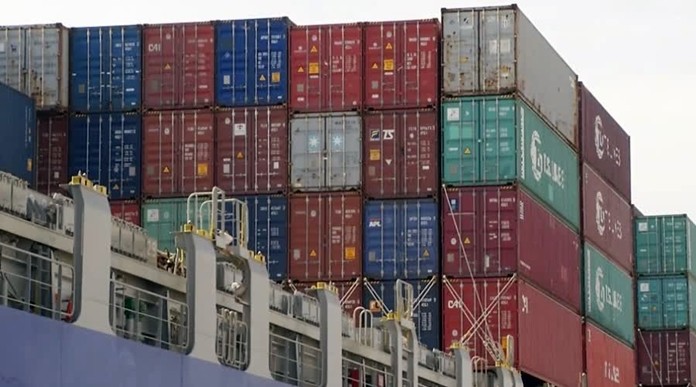
BANGKOK – The October 2019 export figure has been recorded at 20.757 billion U.S. dollar, which is a 4.5 percent decline. This leaves overall export growth in 10 months at a negative 2.3 percent. The private sector has now lowered its annual projected export figure by 2.5 to 3 percent due to the lack of positive factors.
The Thai National Shippers’ Council (TNSC) President Kanyapak Tantipipatpon, said today the council has readjusted the year-end export sector performance projection to a negative 1.5 to 3 percent as opposed to the previous projection of a negative 1.5 percent.
The lower than expected performance is expected because of risk factors caused by the trade war between the U.S. and China, continuous appreciation of the Thai currency, a slowdown in domestic economy stimulation, higher taxation by the government to boost revenue, minimum wages adjustment, a chemicals ban in farming, and both sugary and salty food and drink taxes.
The council is on the lookout for potential negative factors from the discontinuation of the GSP benefit by the United States which will raise costs among exporters, despite the government’s efforts to find substitute markets in Free Trade Area agreements.
Next year, the TNSC is expecting export sector growth of between 0 to 1 percent. The council is still concerned with chain effects caused by the export sector slowdown which may lead to lower manufacturing output, affecting employment and household incomes, which would eventually lead to less cash flow in the consumption sector.
The TNSC suggests the government should focus on the promotion of Thai products in international markets by implementing strong measures to prevent further appreciation of the Thai baht, and by instituting urgent measures to help cut down manufacturing and logistic costs.
The government should encourage manufacturers to make the transformation to clean and alternative energy, along with an automation investment, and improving technological skills among farmers; meanwhile the adjustment of minimum wages must take into consideration factors relevant to each location.
 |
 |
 |





